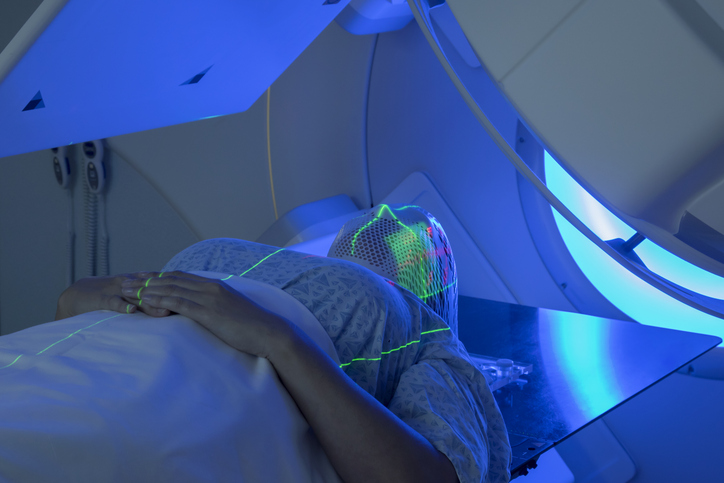
A report published in the Journal of Oncology Practice found that total spending on anti-cancer drugs increased from $26.8 billion in 2011 to $42.1 billion in 2016.
This retrospective, cross-sectional study assessed IQVIA National Sales Perspective data between January 1, 2011, and December 31, 2016.
Antineoplastic spending increased 12.2% in 2016, 15.6% in 2015, 13.4% in 2014, 6.3% in 2013, and 0.4% in 2012. Throughout the study period, 96.5% of total antineoplastic expenditures occurred within clinics, mail-order pharmacies, non-federal hospitals, and retail pharmacies.
Big Jump in US Spending on Cancer Drugs From 2001 to 2016 https://t.co/mVY7BcVSYc
— Pharm Digest (@PharmDigest) September 20, 2018
During the study period, the U.S. Food and Drug Administration approved 52 new cancer therapies. In addition, between 2011 and 2016, oncology was ranked the highest therapeutic area in specialty drug spending.
The three agents that had the largest overall decrease in expenditures were oxaliplatin, docetaxel, and gemcitabine, while the three agents with the largest average annual expenditures were rituximab, bevacizumab, and trastuzumab. The three antineoplastic drugs with the largest growth in expenditures were nivolumab (238% increase), pembrolizumab (84%), and pertuzumab (80%).
https://twitter.com/ClinicalApprova/status/1042480251157135360
“Cost containment and utilization management strategies must be balanced so as not to restrict access or disrupt innovation,” the authors noted.
A study finds that early palliative cancer care reduces costs.
A report projects costs for CAR T-cell therapies.
Source: Journal of Oncology Practice







 © 2025 Mashup Media, LLC, a Formedics Property. All Rights Reserved.
© 2025 Mashup Media, LLC, a Formedics Property. All Rights Reserved.